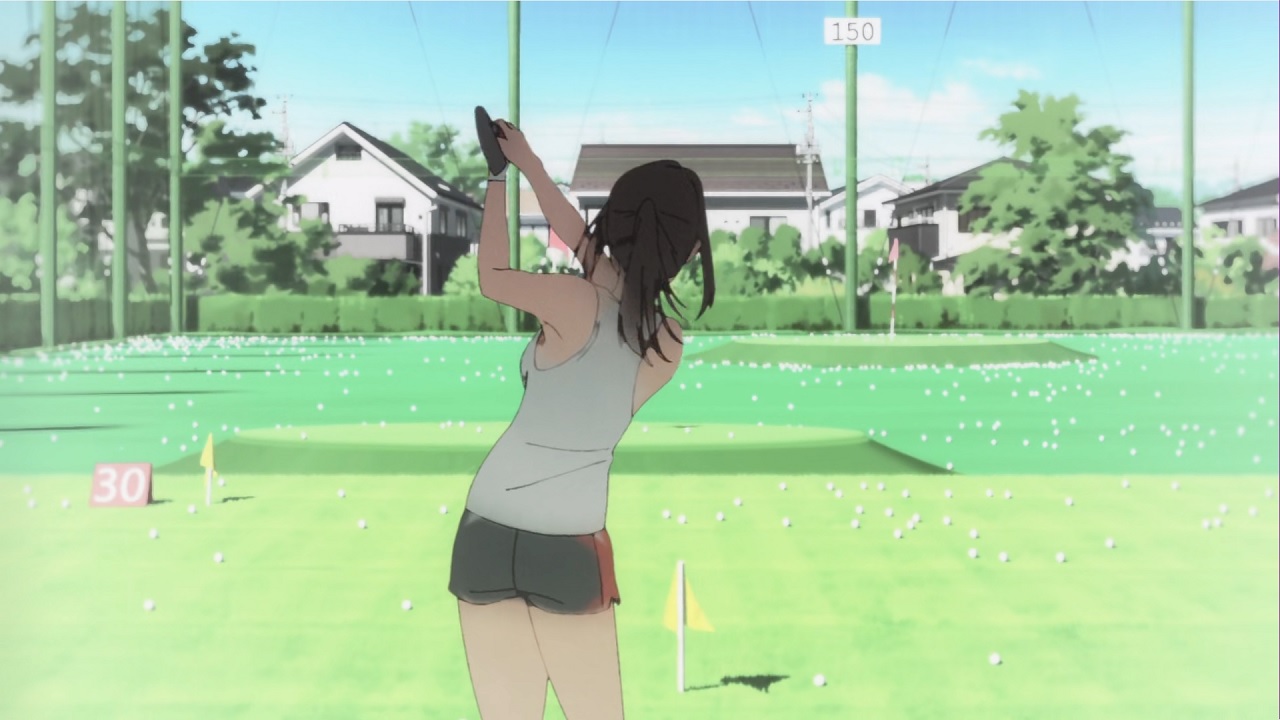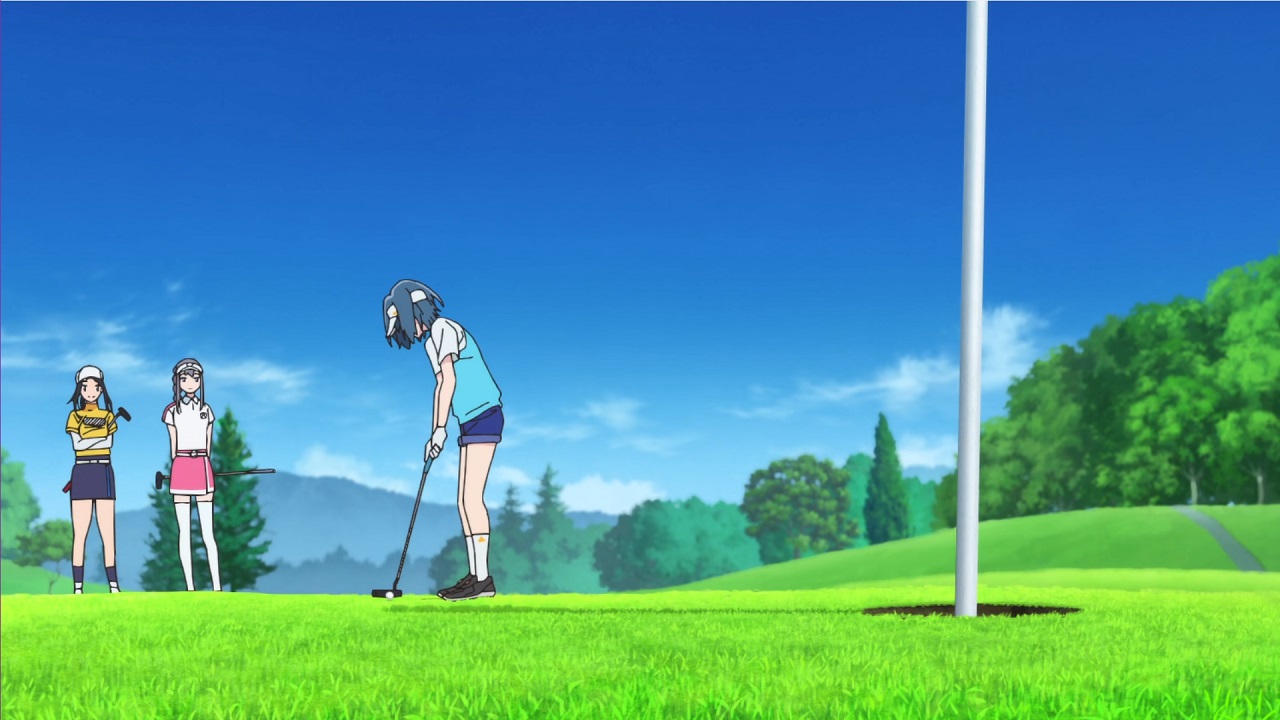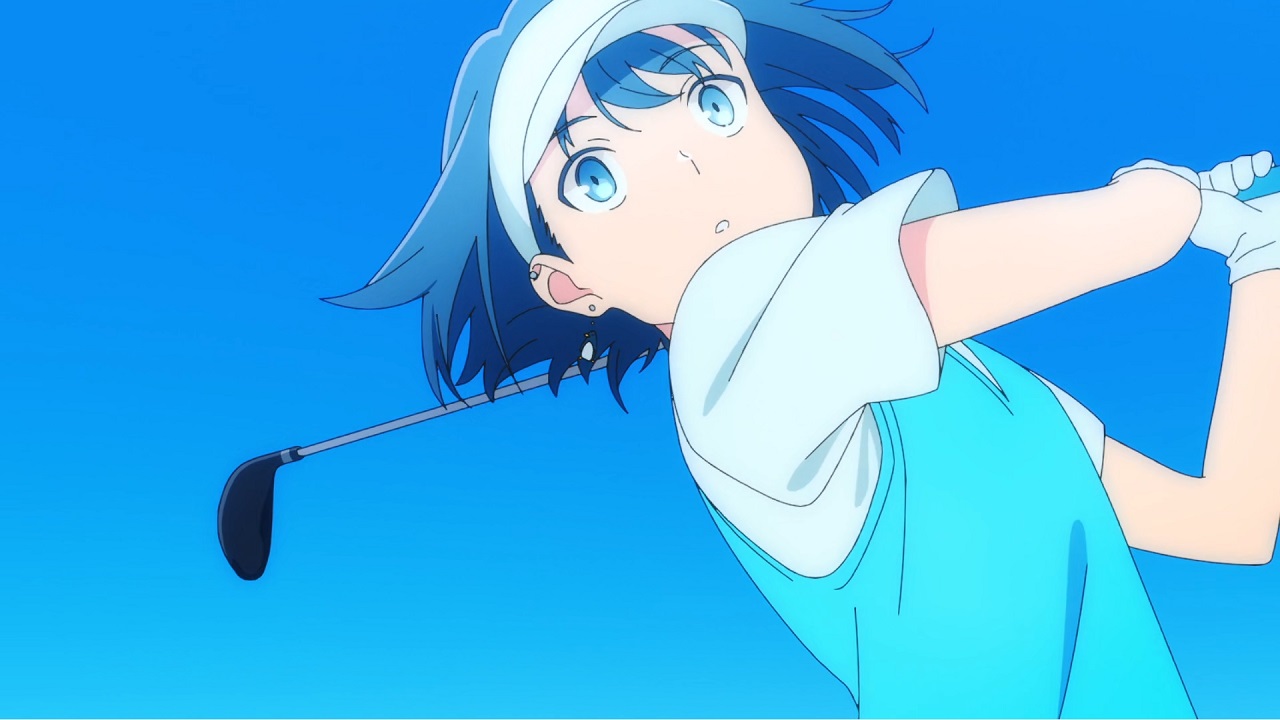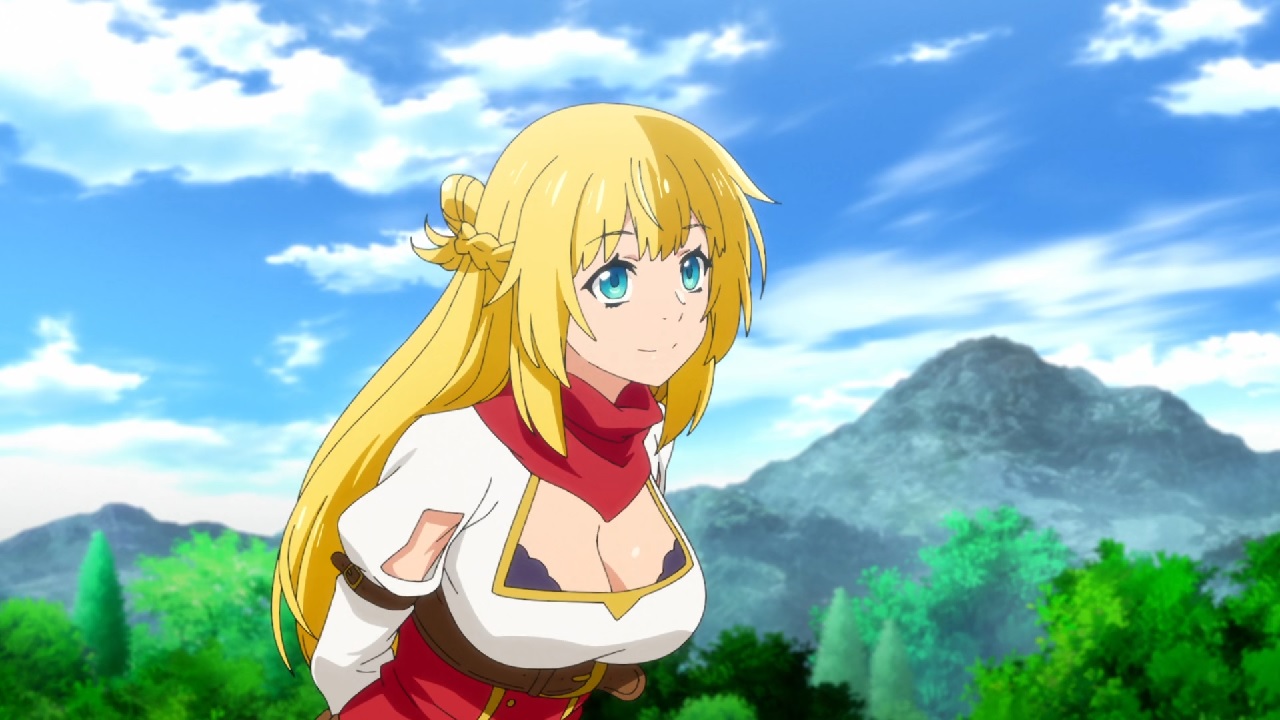There was a time not too long ago that nobody knew what isekai was. If you wanted to watch a low calorie harem fantasy featuring a useless male protagonist and a harem of deadly, inexplicably in love with him heroines, each conveniently colour coded, you had to turn to a series like this. Yes, Seirei Tsukai no Blade Dance, AKA Bladedance of Elementalers in English is a good, old-fashioned “Only Boy in Magic School” series. In a world in which only girls can form contracts with spirits, our protagonist Kamito is the only boy who is able to do so and is therefore forced to enroll into Areishia Spirit Academy. As the only boy on campus, he of course gets involved into all sorts of shenanigans which earn him the ‘title’ of Demon Lord of the Bedroom and other unflattering epithets. There’s of course a reason for why he is able to use magic only women should be able to use and that’s all tied into the greater plot. However, this was a one cour, twelve episode adaptaton of a light novel series that was unfinished at the time, so don’t get your hopes up that any of it is resolved by the end of the series. Broadcast in the Summer season of 2014 this is a typical harem fantasy from before isekai took over.
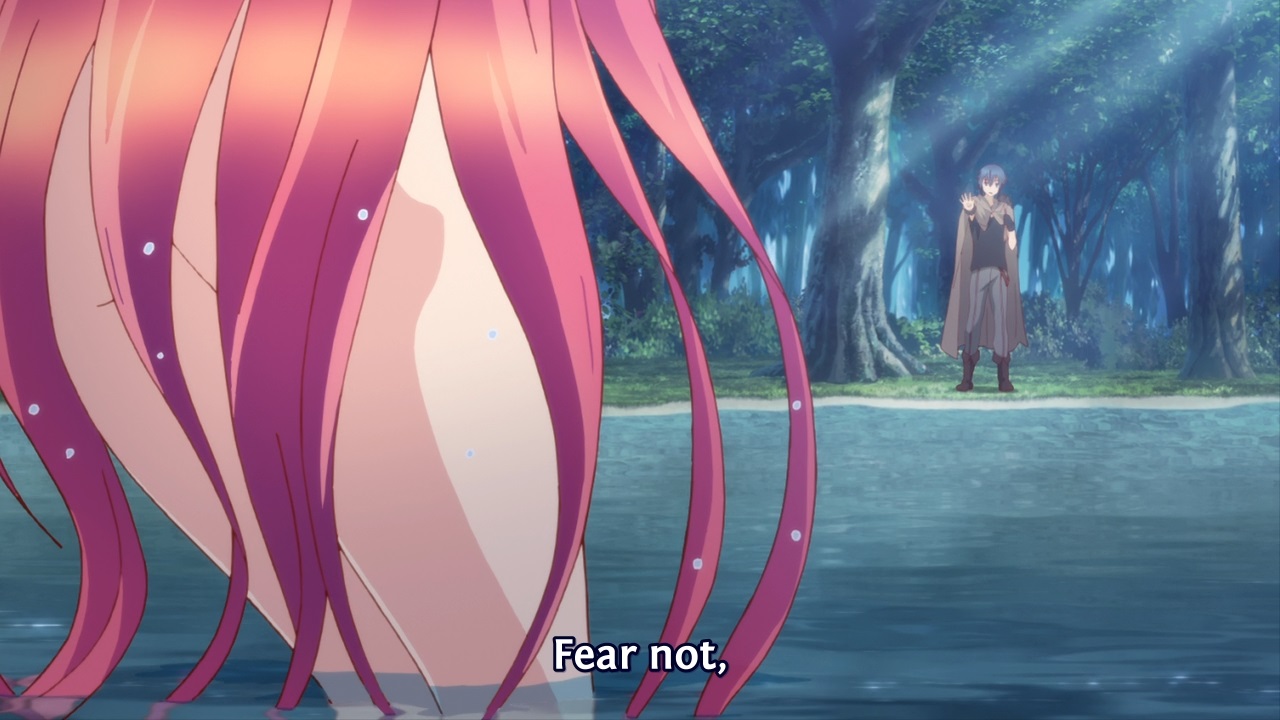
According to the fashion of the time, the main heroine Claire is red haired, small breasted and easy to anger. Equally according to fashion, the first encounter between her and the protagonist is with him surprising her as she’s bathing in a lake. Things happen, he seals a contract with the spirit she was after but couldn’t handle and they both end up at the Academy, where he becomes the first member of her team and is contracted to her. Together they need to take part in the Blade Dance, a competition to decide who is the most awesome of all the spirit elementalers, but there’s a lot of competition and a lot more haremettes to encounter before they can do so.
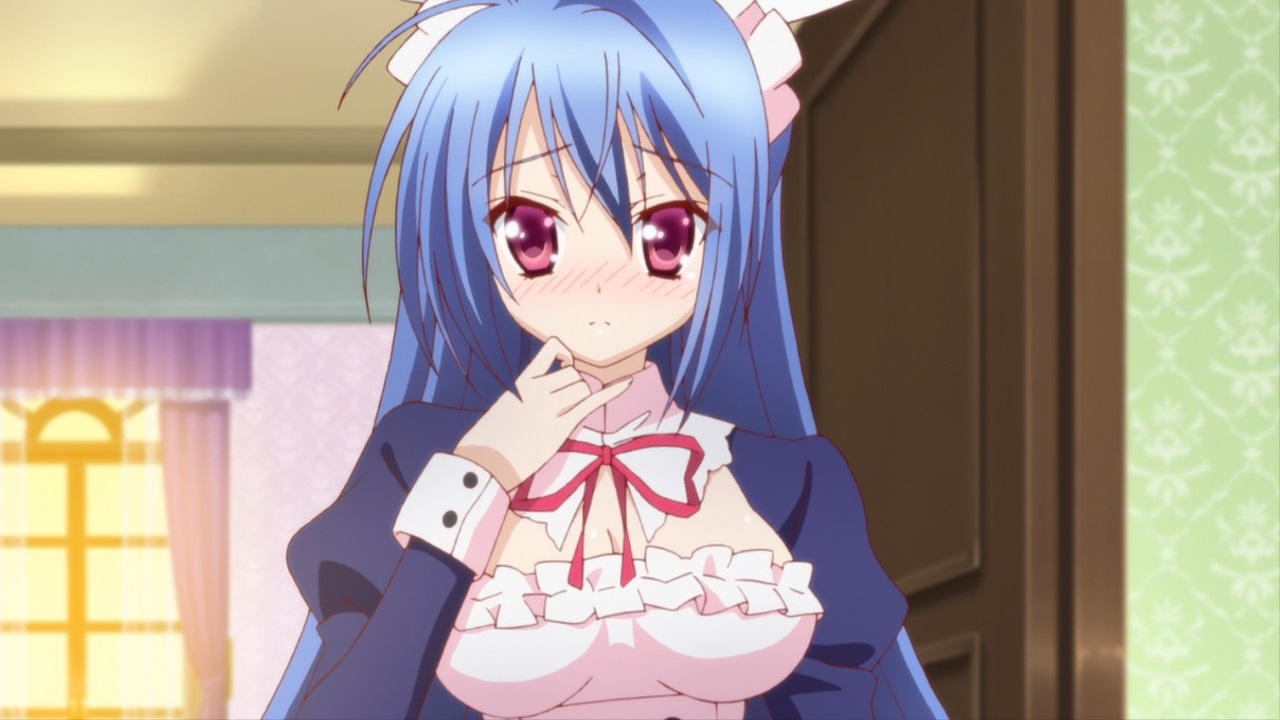
My favourite of which is the blue haired leader of the Sylphid Knights, Ellis. The sort of serious girl who always calls the protagonist by his full name, but surprisingly naive when it comes to romance. Hence her dressing up as a maid on the advice of her friends when she wants to do something nice for Kamito. There’s also an older transfer student who joins the team who agressively flirts with him leading to fights with Claire and a blond oujo-sama who’s tsundere enough to have to have her maid translate for her. Storywise, there’s a lot of standard harem antics as Kamito and Claire prepare for the Blade Dance and work their way towards qualification, with occassional outbreaks of the overall plot. The animation, even in the fights is nothing special and the character designs are cookie cutter. I’d actually watched the first four episodes of this back in 2015, had tried it again in 2016 and decided to watch the rest of it on New Year’s Day as something light to ignore in the background. It turned out to be surprisingly enjoyable though and not nearly as obnoxious with its fanservice and harem escapades as some series…
